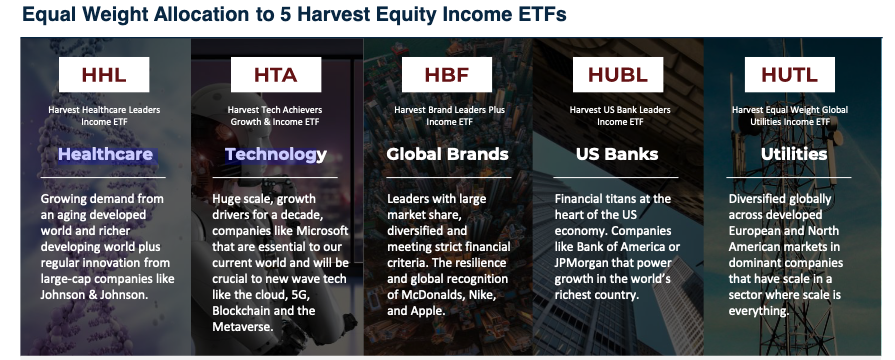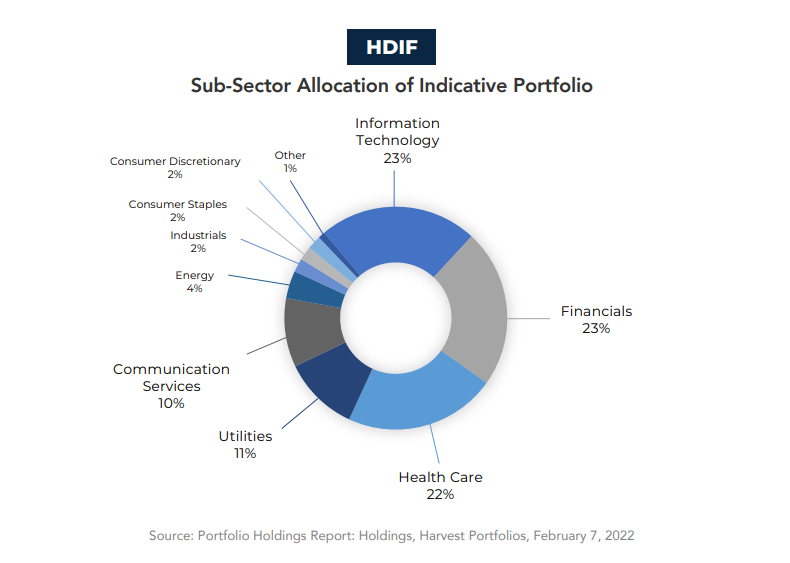
Netflix is again showing the popular Ukraine TV show, Servant of the People, which of course stars Ukraine president Volodmyr Zelenskyy.
Here’s Wikipedia’s summary of the show, which it categorizes as political satire. [I’m using its spelling of his surname, which seems to vary by media outlet]
Airing first in the Ukraine in 2015, Netflix originally ran the show’s four seasons between 2017 and 2021 [with English subtitles]. Evidently interest has been rekindled by Zelenskyy’s Churchillian fight against Russia’s mad dictator, Vladimir Putin.
Last week, Netflix announced Season 1 of the series was back. There are 23 episodes in the opening season, most of them about 25 minutes, although the pilot episode is twice that length.
I had missed it when it first came out but was keen to watch in light of the profile the war has generated for Zelenskyy. I’d be surprised if millions of Netflix viewers don’t think similarly and propel the show to the top of its rankings.
Based on the first nine episodes I’ve seen, it’s fascinating to see a modern democracy and actual shots of Kiev and other parts of a beautiful Ukraine as it was a few years before the February 2022 invasion: the highways and late-model cars, young people embracing social media, smart phones, Skype and Zoom calls and even crowdfunding for the teacher’s political campaign: talk about life imitating art! At one point, after a kiss, one character declares “I have to tweet this!” There are plenty of shots of TV news standup reports so familiar to North American viewers of CNN or Fox 24/7 cable news.
All of which makes a stark contrast with Russia’s current post-invasion Iron Curtain on independent media and social media, where the only sources of information are state-sanctioned television believed only by older Russians who aren’t technology literate. See a recent New York Times piece on the thousands of tech-savvy young Russians fleeing the country for Armenia and other parts of western Europe, where they gather in cafes with their Apple laptops and Smartphones.
“Shockingly prescient”
With the benefit of hindsight, it’s heart-wrenching to see so much foreshadowing of the calamity to come in the show’s occasional references to Russia and even to Putin himself in the opening episodes. At one point, the TV president says “Putin has been deposed,” quickly adding “I was kidding.”
Then, in episode 7, one character portrays the Zelenskyy character’s options as “to flee or to stay.”
Little wonder that in its review of the series last week, the Daily Beast describes it as “shockingly prescient.”
For those who are new to the series, here’s one website’s brief plot description:
“After a Ukrainian high school teacher’s tirade against government corruption goes viral, he soon finds himself sitting the president’s seat.”
Zelenskyy played a history teacher named Vasily Petrovych Goloborodko. But life began to imitate art in earnest early in 2018, when a political party named after the television series was registered with the Ministry of Justice. In real life, Zelenskyy was elected President of Ukraine in April 2019, with more than 70 per cent of the second-round vote. Continue Reading…







